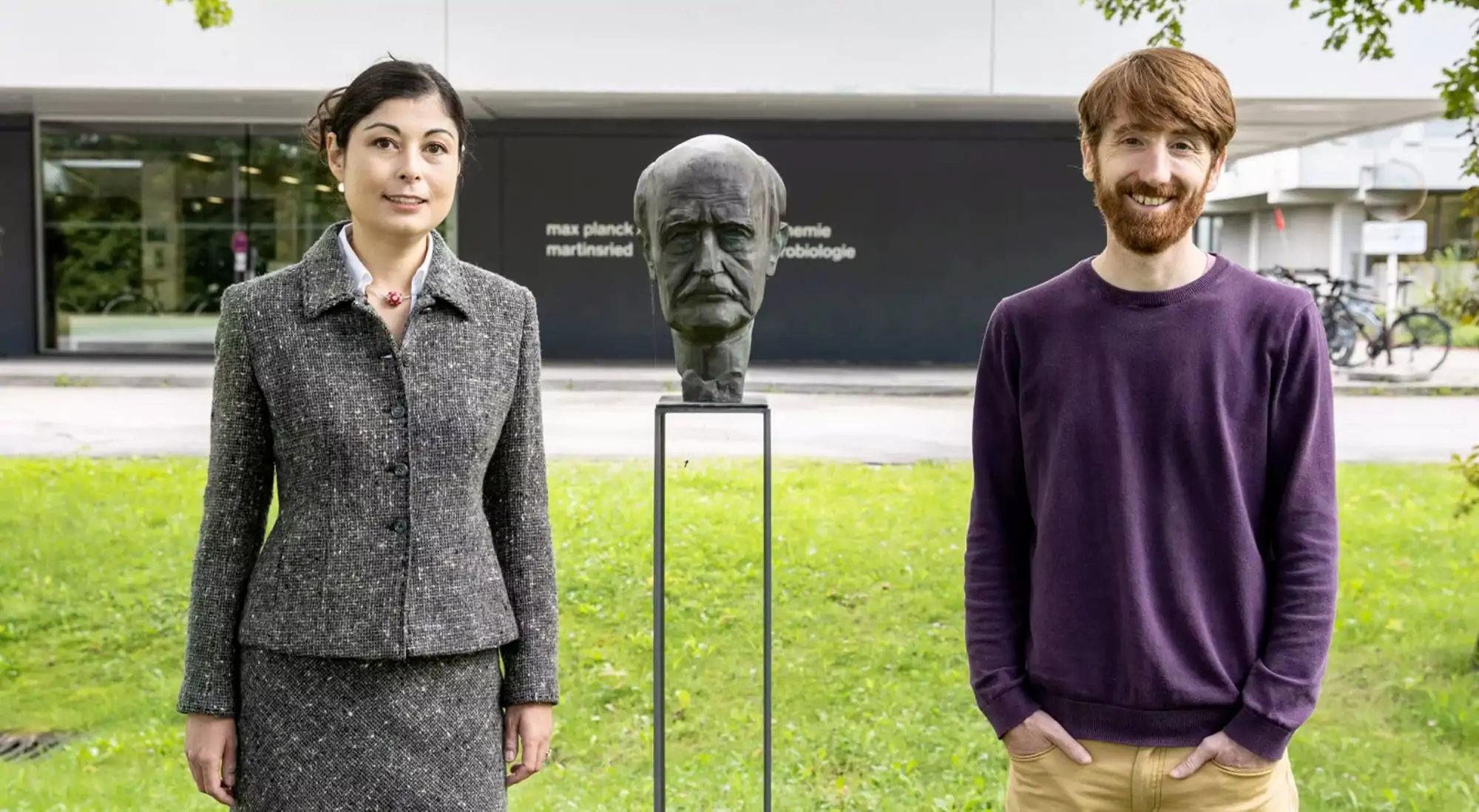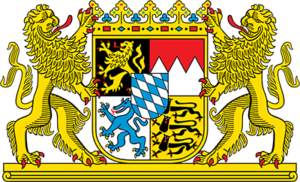The MPI of Biochemistry welcomes two new research directors at the Martinsried Campus
Molecular geneticist Kikuë Tachibana and structural biologist John Briggs expand scientific expertise at the site
October 2021

Sonja Taut © MPI of Biochemistry
The new directors at the MPI of Biochemistry Kikuë Tachibana and John Briggs (from left to right).
Molecular geneticist Kikuë Tachibana has moved with her research group from Vienna to Martinsried. Since August 1, she heads the research department “Totipotency”. Together with her team, she studies cells that have the ability to develop into whole organisms. In parallel, structural biologist John Briggs starts his work at the institute. He has moved from Cambridge, UK, to Martinsried and heads the department “Cell and Virus Structure” since September 1. John Briggs and his team will study the structures of viruses as well as fundamental molecular cellular mechanisms.
Since August 1 and September 1, respectively, Dr. Kikuë Tachibana and Dr. John Briggs are new full-time directors at MPIB. With the two new researchers, the institute now has nine directors, sharpening the research profile of the Max Planck Society. The new director Tachibana says: “I am delighted to have the opportunity offered by the Max Planck Society to devote our research to uncover the molecular mechanisms underlying the start of life. I am looking forward to collaborate scientifically with my colleagues and to work together for developing the Martinsried campus.” John Briggs explains, “Structural biology and method development in microscopy have a long tradition in Martinsried. My team and I, together with our new colleagues in Martinsried, are looking forward to finding out more about how viruses assemble and how they function.”
Kikuë Tachibana heads the “Totipotency” research department
The researcher was appointed to the Institute on August 1, 2019, and has since worked in adjunct appointment for the Max Planck Society (MPG). After completion of her laboratory facilities, she has now started her research on site with her team.
Tachibana grew up in Austria and Japan. She studied natural sciences with a focus on genetics at the University of Cambridge and also received her PhD, under the supervision of Ron Laskey, in 2005 at Cambridge, UK. After a postdoctoral stay at the University of Oxford, UK, she returned to Austria in 2011. There she led her own research group at the IMBA – Institute for Molecular Biotechnology in Vienna.
Since her time at Oxford, she has been working on the molecular mechanisms of chromosome segregation in eggs and more recently on chromatin structure and reprogramming in mouse embryos. The cells of the early embryo are totipotent, which is the unique developmental potential to generate all cell types and an entire organism. How the totipotent state is established has remained mysterious for decades.
In mammals, the fusion of an egg cell and sperm generates an embryo, in which epigenetic reprogramming takes place and a totipotent state is acquired. In the future, the scientist and her team will investigate which molecules are required for reprogramming and how this process occurs in fertilized mouse eggs. “This is important to know because it is fundamental to the development of complex organisms and has the potential to change regenerative medicine”.
John Briggs heads the department of “Viral and Cellular Structural Biology”
On January 1 of this year, structural biologist John Briggs was appointed to the Max Planck Institute of Biochemistry and has since been working in adjunct appointment. Since September 1, he is continuing his research at the MPIB. The new director and head of the department “Cell and Virus Structure” Briggs explains: “Ever since I did my PhD, I’ve found it fascinating what insights you can derive about molecular mechanisms when you know the structures of proteins, or indeed of entire viruses.”
The medical relevance of viruses is undisputed. However, many questions remain unanswered. How do viruses such as Sars-CoV-2, HIV-1 or influenza A assemble? Which molecular components are involved and how do they interact? How is the entire process regulated? Briggs has been exploring these and similar research questions for about 20 years and published numerous papers in high-impact journals. The research interests of the structural biologist also include fundamental cellular processes such as membrane trafficking. Briggs and his team work with a broad variety of methods, the core technique being cryo-electron tomography.
Born in the UK, John Briggs studied biochemistry at the University of Cambridge and received his doctorate in structural biology from the University of Oxford in 2004. After a stay as a postdoctoral researcher at the Ludwig-Maximilians-Universität in Munich, he led his own research group at the European Molecular Biology Laboratory in Heidelberg (EMBL) from 2006 to 2018. In 2017, Briggs moved with his research team to the MRC Laboratory of Molecular in Biology in Cambridge, where he led the Structural Studies Division.



